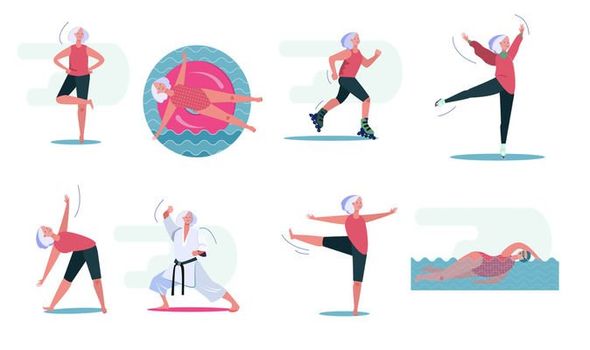
Welcome to 'Mastering Mind and Body: Top 10 Yoga Poses for Flexibility and Strength.'
In this informative article, we will explore the transformative power of yoga and delve into the ten essential poses that can enhance your physical prowess and mental well-being.
From the grounding Downward Dog to the empowering Warrior II, these poses have been carefully selected to help you achieve optimal flexibility and strength.
Join us on this liberating journey towards a healthier and more balanced self.
Downward Dog
--v 5.2 --ar 16:9
Downward Dog is a foundational yoga pose that helps improve flexibility and strengthen the entire body. This pose, also known as Adho Mukha Svanasana in Sanskrit, is commonly practiced in yoga classes and is considered a staple in most yoga sequences.
One of the main benefits of Downward Dog is its ability to stretch and lengthen the muscles in the back of the body, including the calves, hamstrings, and spine. This pose also helps to strengthen the arms, shoulders, and core muscles.
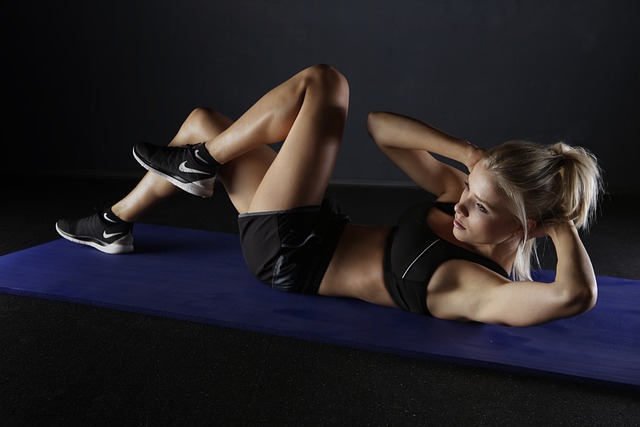
Modifications for Downward Dog can be made to accommodate different levels of flexibility and strength. For those with tight hamstrings, bending the knees slightly can provide a more accessible variation. Additionally, using props such as blocks or a chair can help individuals with limited mobility to find proper alignment and support in the pose.
Warrior I
Moving from the previous pose, Downward Dog, the next yoga pose to explore is Warrior I. Warrior I is a powerful standing pose that builds strength and stability in the body. This pose is known as 'Virabhadrasana I' in Sanskrit. It is named after the fierce warrior, Virabhadra, from Hindu mythology.
To get into Warrior I, start in a standing position and step one foot back, keeping the front foot facing forward and the back foot at a 45-degree angle. Bend the front knee to a 90-degree angle, ensuring that the knee is directly over the ankle. Raise the arms overhead, reaching towards the sky. This pose helps to strengthen the legs, open the hips, stretch the chest and shoulders, and improve balance and focus.
Warrior I is often followed by Warrior II, another powerful standing pose. Warrior II, or 'Virabhadrasana II,' involves extending the arms out to the sides, parallel to the ground, while keeping the legs in the same position as Warrior I. This pose helps to improve stamina, build strength in the legs, and increase flexibility in the hips and shoulders.
Incorporating Warrior I and Warrior II into your yoga practice can help you develop strength, stability, and flexibility in both the mind and body. These poses can also cultivate a sense of freedom and empowerment, allowing you to tap into your warrior spirit and overcome challenges with grace and determination.
Warrior II
Warrior II is a powerful standing pose that enhances strength and stability in the body. This pose, also known as Virabhadrasana II, is a fundamental posture in yoga practice.
Warrior II benefits include building strength in the legs, hips, and core, while also improving balance and focus. It stretches the groin, chest, and shoulders, promoting flexibility and mobility. The pose activates the entire body, toning the muscles and improving posture.
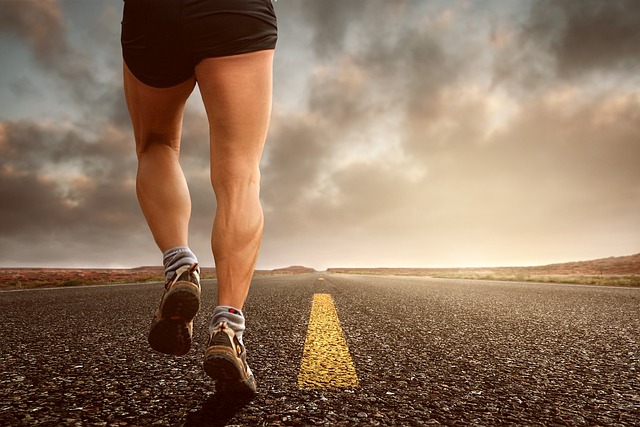
Warrior II also stimulates the abdominal organs, aiding digestion and detoxification. This posture is often used to cultivate a sense of inner strength and empowerment, as the warrior represents courage and resilience.
Practicing Warrior II regularly can help individuals develop physical and mental resilience, enhancing overall well-being and freedom in both mind and body.
Triangle
The Triangle pose in yoga offers numerous benefits for the body and mind.
Firstly, it helps strengthen and stretch the muscles of the legs, hips, and core, promoting greater flexibility and stability.
Secondly, the pose also improves spinal alignment, helping to relieve tension and improve posture.
Incorporating Triangle into your yoga practice can help enhance overall strength and flexibility while promoting better alignment and posture.
Triangle Benefits Muscles
The Triangle pose in yoga offers numerous benefits to the muscles. This classic standing pose provides a deep stretch to the hamstrings, calves, hips, and shoulders. It strengthens the legs, core, and back muscles, promoting stability and balance. The Triangle pose also improves flexibility in the spine, promoting better posture and relieving lower back pain.
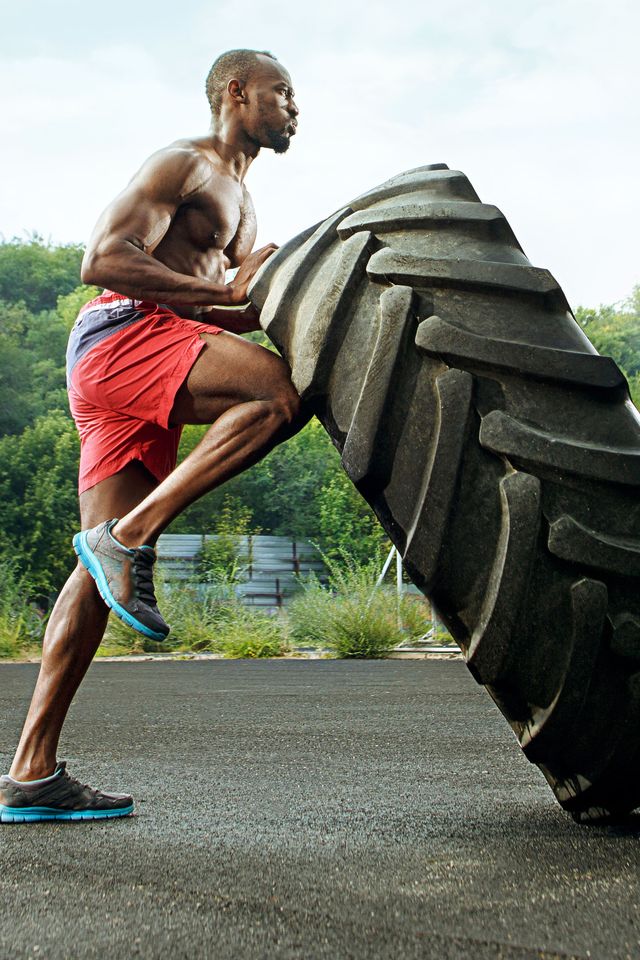
To modify the Triangle pose for beginners or those with limited flexibility, props like blocks or a chair can be used to support the hand on the lower leg or the floor. This allows individuals to experience the benefits of the pose while maintaining proper alignment and preventing strain on the muscles.
When practicing the Triangle pose, incorporating specific breathing techniques can enhance its benefits. Deep, slow breaths help to relax the body and mind, while exhaling fully aids in releasing tension in the muscles. By focusing on the breath, individuals can deepen their practice and experience a greater sense of freedom and well-being.
Triangle Improves Spinal Alignment
Additionally, the Triangle pose in yoga serves to improve spinal alignment, making it an essential posture for maintaining a healthy and strong back.
The Triangle pose, also known as Trikonasana, involves standing with the legs wide apart and extending one arm towards the ground while the other arm reaches towards the sky.
This pose creates a lateral stretch that lengthens and strengthens the muscles along the sides of the torso, promoting proper alignment of the spine. It helps to alleviate tightness in the back and hips, and can also improve posture.
To enhance the benefits of the Triangle pose, modifications can be made to accommodate different levels of flexibility. For instance, beginners can use a block or a chair for support, while advanced practitioners can deepen the pose by extending the top arm overhead.
Practicing the Triangle pose regularly can lead to improved spinal alignment and a healthier, more resilient back.

Tree
One of the foundational yoga poses for developing balance and strength is the Tree pose. This pose, also known as Vrikshasana in Sanskrit, offers numerous benefits for both the mind and body.
Here are three key benefits of practicing the Tree pose:
- Improved balance: Tree pose challenges your ability to find and maintain balance, which strengthens your core muscles and improves overall stability. To improve balance in this pose, focus on finding a steady gaze point, engage your core, and distribute your weight evenly through your standing foot.
- Increased flexibility: Tree pose stretches the hips, thighs, and groin muscles, promoting greater flexibility in these areas. Regular practice can help alleviate tightness and improve your range of motion.
- Enhanced concentration: Tree pose requires concentration and focus to maintain balance. By practicing this pose, you can improve your ability to stay present and centered, cultivating a sense of mental clarity and calm.
Bridge
The Bridge pose is a highly beneficial yoga pose that targets the back, hips, and thighs while also improving flexibility and strength. It is known to help relieve back pain, improve digestion, and stimulate the thyroid gland.
There are various variations of the Bridge pose, such as the Supported Bridge and the One-Legged Bridge, that can be modified to suit different levels of flexibility and strength.
Benefits of Bridge
Bridge pose, also known as Setu Bandhasana, offers numerous benefits for the mind and body. This pose is not only great for increasing flexibility and strength, but it also has specific benefits for those looking to modify the pose or alleviate back pain. Here are three key benefits of practicing Bridge pose:
- Bridge modifications: Bridge pose can be modified to suit individual needs. By using props like blocks or bolsters, you can elevate your hips and provide additional support to your lower back. This modification allows beginners or those with limited flexibility to still experience the benefits of the pose.
- Bridge for back pain: Bridge pose helps to strengthen the muscles that support the spine, making it a beneficial pose for those suffering from back pain. It can help alleviate tension in the lower back and improve spinal alignment, providing relief and promoting healing.
- Mind-body connection: Bridge pose encourages deep breathing and relaxation, helping to calm the mind and reduce stress. By focusing on the breath and the sensations in the body, this pose promotes a sense of freedom and mental clarity.
Incorporating Bridge pose into your yoga practice can provide a multitude of benefits, including increased flexibility, strength, and relief from back pain.
Variations for Bridge
There are several variations to explore in the practice of Bridge pose, allowing for increased flexibility and strength in different areas of the body.

One variation is the Supported Bridge, where a block is placed under the sacrum to provide extra support and stability. This variation is beneficial for those who have tight hip flexors or lower back discomfort.
Another variation is the One-Legged Bridge, where one leg is lifted straight up towards the ceiling while maintaining the bridge position. This variation helps to strengthen the glutes and hamstrings, as well as improve balance and stability.
The Wheel pose, also known as Upward Bow pose, is an advanced variation of Bridge that requires deep backbending and shoulder strength. This variation provides a deep stretch to the chest, shoulders, and hip flexors, while also building strength in the arms and legs.
Exploring these variations can enhance the benefits of Bridge pose, allowing practitioners to find greater freedom in their practice.
Crow
Mastering the art of balancing in Crow pose requires strength, flexibility, and focus. This challenging arm balance pose offers numerous benefits and can be a powerful addition to any yoga practice.
Here are the benefits of Crow pose:
- Strengthens the arms, wrists, and core: Crow pose requires the engagement of the upper body muscles, building strength and stability in the arms, wrists, and core.
- Improves balance and coordination: Balancing on the hands in Crow pose helps to improve overall balance and coordination, enhancing body awareness and control.
- Boosts mental focus and concentration: Crow pose demands concentration and focus to maintain balance and stability, helping to quiet the mind and improve mental clarity.
To properly do Crow pose, start by squatting down with your feet hip-width apart. Place your hands shoulder-width apart on the mat, fingers spread wide. Slowly shift your weight forward, lifting your feet off the ground, and bringing your knees to rest on the backs of your upper arms. Gaze forward, engage your core, and breathe deeply. Hold the pose for a few breaths, gradually increasing the duration as you build strength and confidence.

Pigeon
The next pose to explore in the journey of mastering mind and body is Pigeon, a powerful hip-opening pose that builds on the strength, flexibility, and focus cultivated in Crow pose.
Pigeon pose, also known as Eka Pada Rajakapotasana, offers numerous benefits for both the body and mind. This pose helps to release tension and tightness in the hips, which can be caused by sitting for long periods or engaging in activities that involve repetitive movements. By opening the hips, Pigeon pose can improve overall flexibility and range of motion.
Additionally, this pose can help alleviate lower back pain and improve posture. Pigeon pose also offers modifications for those who may have difficulty with the full expression of the pose. These modifications can include using props, such as blankets or blocks, to provide support and make the pose more accessible.
Incorporating Pigeon pose into your yoga practice can lead to increased freedom in both the body and mind.
Child's Pose
Child's Pose, also known as Balasana, is a fundamental yoga pose that offers numerous benefits for the mind and body.
This pose promotes deep relaxation, relieves stress and anxiety, and helps to stretch and release tension in the back, shoulders, and hips.
There are also variations of Child's Pose that can be modified to suit different levels of flexibility and comfort.

Benefits of Child's Pose
Child's Pose is an essential yoga posture known for its numerous benefits. This simple yet powerful pose provides a sense of calm and relaxation, making it a favorite among yogis of all levels. Here are some of the key benefits of Child's Pose:
- Deep relaxation: Child's Pose allows you to surrender and let go, promoting a deep state of relaxation and stress relief.
- Gentle stretch: This pose gently stretches the hips, thighs, and ankles, helping to relieve tension and tightness in these areas.
- Spinal alignment: Child's Pose helps to lengthen and align the spine, improving posture and relieving pressure on the back.
Variations of Child's Pose can be practiced to enhance its benefits. For example, you can extend your arms forward or place them by your sides for a different stretch. Remember to listen to your body and modify the pose as needed to suit your individual needs.
Incorporating Child's Pose into your yoga practice can bring a sense of grounding, peace, and flexibility to both your mind and body.
Variations of Child's Pose
One commonly practiced variation of Child's Pose is frequently used to enhance its benefits. Child's Pose, also known as Balasana, is a restorative yoga pose that promotes relaxation and relieves stress. This gentle pose is often modified to suit individual needs and preferences, making it accessible to practitioners of all levels.
Child's Pose modifications can be made by widening the knees to create more space for the torso to relax, or by placing a bolster or blanket under the chest for added support. These modifications allow for a deeper stretch in the hips and lower back, promoting flexibility and releasing tension.
Child's Pose is particularly beneficial for relaxation as it encourages deep breathing and helps to calm the nervous system. By focusing on the breath and allowing the body to soften and surrender in this pose, practitioners can experience a profound sense of peace and tranquility.
Incorporating these variations into your yoga practice can enhance the benefits of Child's Pose, making it a powerful tool for both the mind and body.

Savasana
Savasana, also known as Corpse Pose, is a fundamental yoga posture that requires lying flat on your back in a relaxed and meditative state. This pose may seem simple, but it holds great significance in the practice of yoga.
Here are three key benefits of practicing Savasana:
- Deep relaxation: Savasana allows you to completely let go and surrender, promoting a state of deep relaxation. It helps release tension and stress from the body and mind, leaving you feeling rejuvenated and refreshed.
- Improved focus and concentration: By practicing Savasana, you learn to quiet the mind and bring your attention to the present moment. This improves your ability to focus and concentrate, both on and off the mat.
- Enhanced self-awareness: Savasana provides an opportunity to connect with your inner self and cultivate self-awareness. It allows you to observe your thoughts, emotions, and sensations without judgment, promoting a sense of inner peace and freedom.
Tips for practicing Savasana:
- Find a quiet and comfortable space where you can lie down without any distractions.
- Use props such as blankets or bolsters to support your body and ensure maximum comfort.
- Take slow, deep breaths and consciously relax each part of your body from head to toe.
Incorporating Savasana into your yoga practice can greatly enhance your overall well-being and bring a sense of calm and clarity to your mind and body.
Frequently Asked Questions
How Often Should I Practice These Yoga Poses to See Improvements in Flexibility and Strength?
For optimal results in improving flexibility and strength through yoga practice, it is recommended to practice these poses regularly, ideally at least three times a week. Tracking progress can be done by monitoring increased range of motion and the ability to hold poses for longer durations.
Can I Modify These Poses if I Have Any Physical Limitations or Injuries?
When practicing yoga, it is important to modify poses if you have physical limitations or injuries. There are alternative poses that can be done to accommodate different body types and ensure a safe practice.
Are There Any Specific Breathing Techniques That I Should Be Aware of While Practicing These Poses?
Breathing techniques in yoga are essential for a mindful practice. Incorporating breathwork enhances the mind-body connection, promotes relaxation, and increases focus. By synchronizing breath with movement, practitioners can experience a multitude of physical, mental, and emotional benefits.
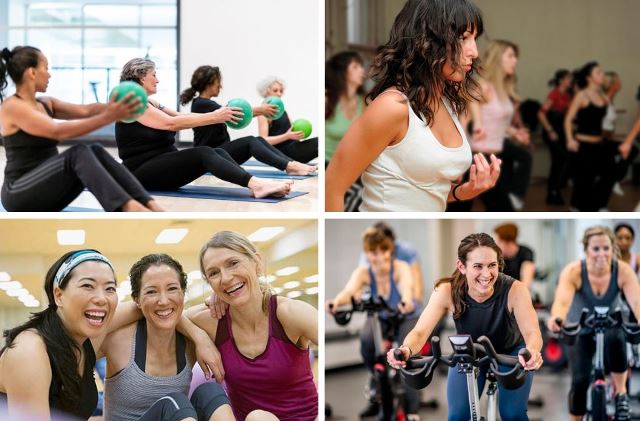
Can These Yoga Poses Help With Improving Balance and Coordination?
Yoga poses can help improve balance and coordination by enhancing the mind-body connection. Through the practice of yoga, individuals can develop greater body awareness, strengthen core muscles, and improve overall stability and coordination.
Are There Any Recommended Warm-Up Exercises or Stretches to Do Before Attempting These Poses?
Before attempting yoga poses for flexibility and strength, it is important to incorporate warm-up exercises and pre-yoga stretches to prepare the body. These activities help increase blood flow and flexibility, reducing the risk of injury during the yoga practice.






